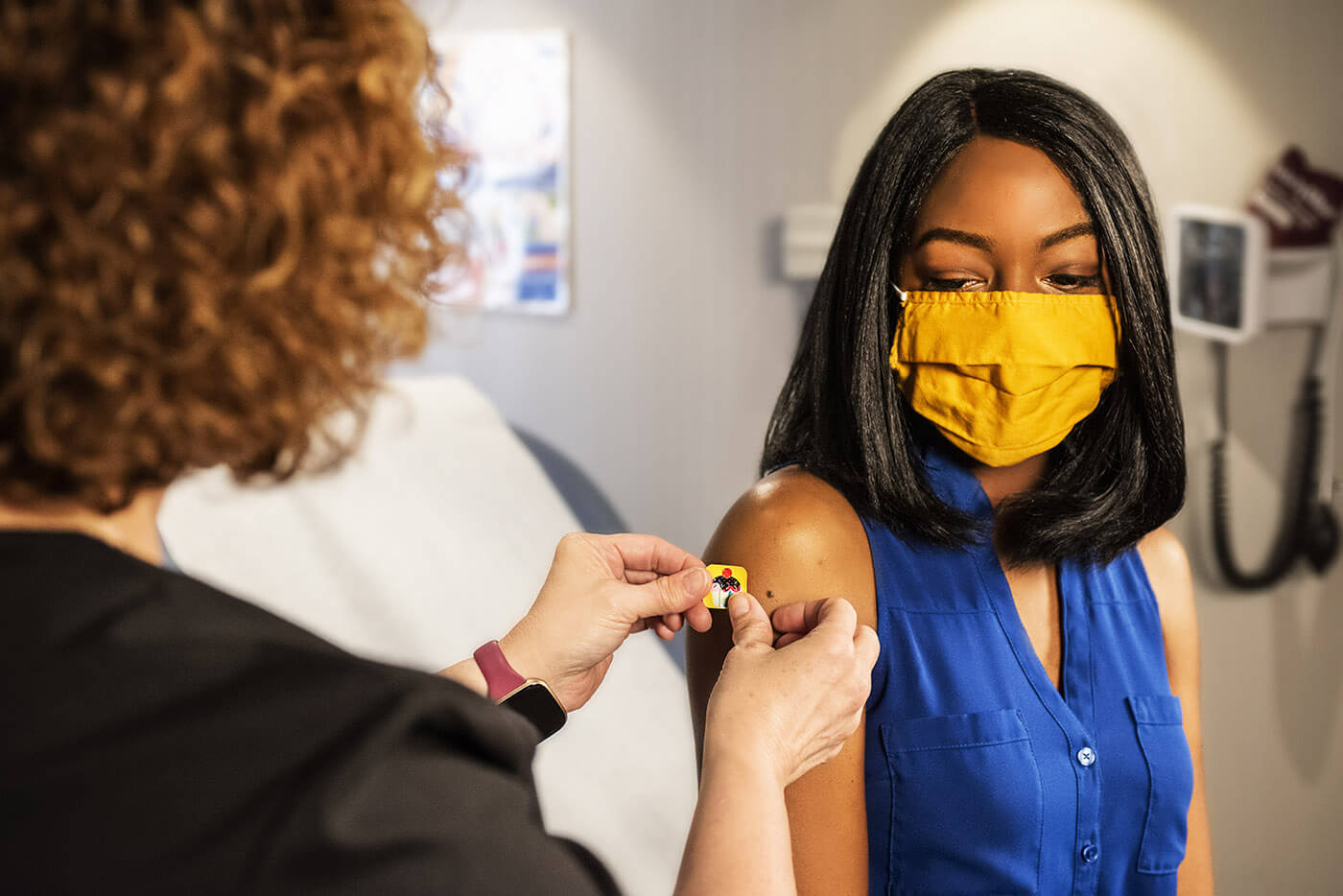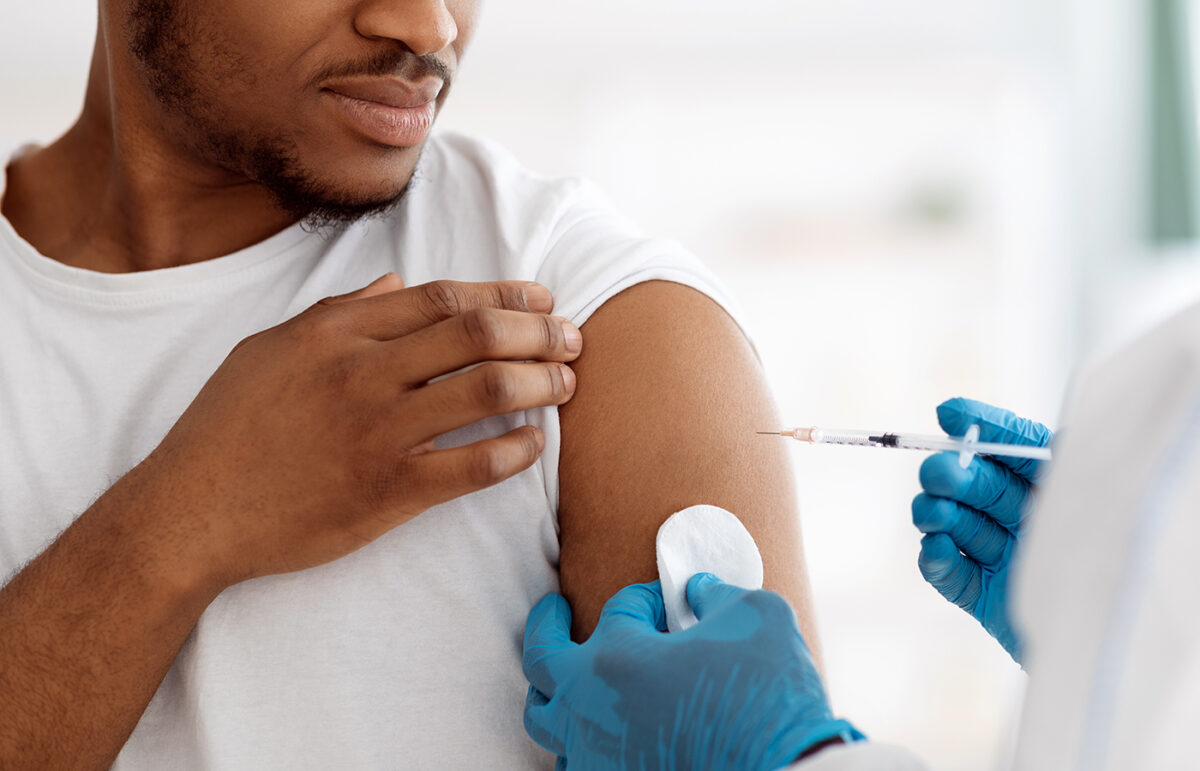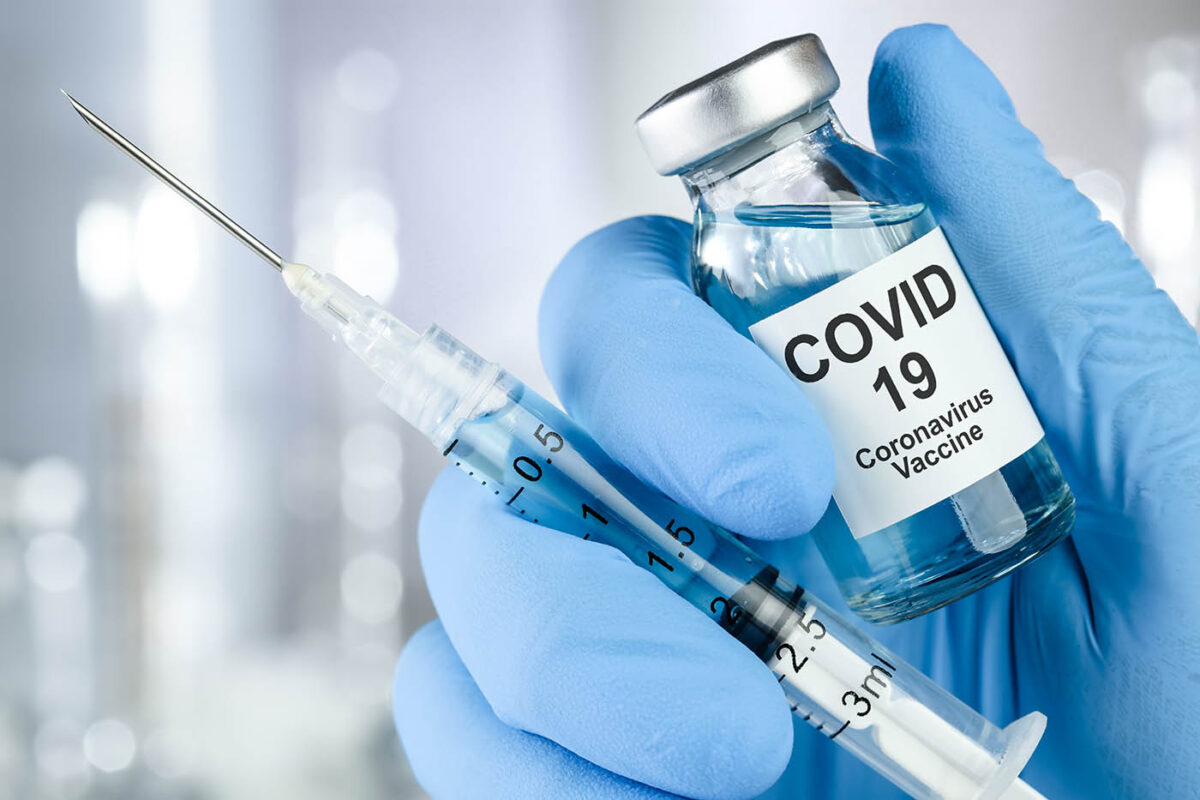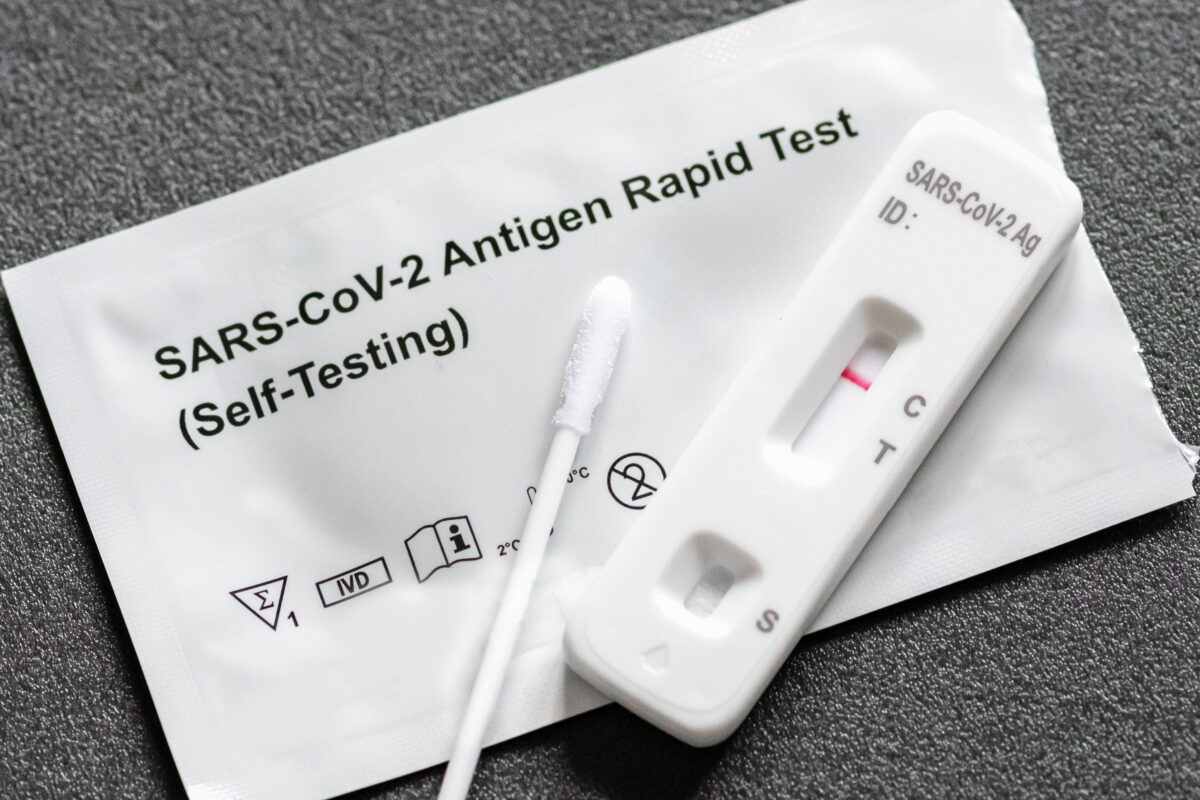
As COVID-19 vaccination efforts in Arkansas and throughout the U.S. continue to progress, additional vaccine candidates may soon help accelerate the process. In this post, part two of a two-part series on types of COVID-19 vaccines, we discuss whole virus vaccines ― including live attenuated and inactivated vaccines ― and protein-based vaccines to provide a better understanding of the science behind the vaccines.
In part one, we reviewed messenger ribononucleic acid (mRNA) vaccines, including the Pfizer-BioNTech and Moderna vaccines approved for emergency use in the U.S. Part one also covered viral vector vaccines, including the Johnson & Johnson vaccine scheduled to be reviewed for emergency use by the Vaccines and Related Biological Products Advisory Committee of the FDA on Friday, Feb. 26.
Whole Virus Vaccines
Whole virus vaccines include live attenuated vaccines and inactivated vaccines.
- Live Attenuated Vaccines
In a live attenuated vaccine, a weakened version of the virus is used. A weakened virus is still able to trigger an immune response, but it does not cause infection. Notable examples of live attenuated vaccines include the measles, mumps and rubella (MMR) vaccine and the chickenpox vaccine. There are a few live attenuated COVID-19 vaccine candidates in development, including an intranasal vaccine developed by Codagenix currently recruiting participants for a phase 1 clinical trial.
- Inactivated Vaccines
In an inactivated vaccine, genetic material from a virus is used, but it has been inactivated or “killed” through heat, chemicals, or radiation. As with live attenuated vaccines, inactivated vaccines are able to trigger an immune response but cannot cause infection. Examples of inactivated vaccines include the polio vaccine and the hepatitis A vaccine.
A leading COVID-19 vaccine candidate that uses inactivated virus was developed by Sinovac Biotech, a China-based company. The Sinovac vaccine has been approved for use in China, Indonesia, Turkey, Brazil, and a few other countries. The efficacy rates of the Sinovac vaccine range between 50% and 91% in preventing COVID-19 symptomatic infection, with the varying rates based on data obtained in different clinical trials that measured different outcomes. The Sinovac vaccine requires two doses and can be stored in a standard refrigerator.
Protein-Based Vaccines
Protein-based vaccines use lab-created fragments of the novel coronavirus — known as spike proteins — to trigger an immune response. Proteins contained in the vaccine are harmless and do not cause infection. Instead, these proteins prompt our immune systems to create antibodies against the virus.
A leading protein-based vaccine is being developed by Novavax. In January, Novavax released data from its clinical trial in the United Kingdom, demonstrating an overall efficacy rate of 89.3% in preventing symptomatic COVID-19 infection. Data from Novavax’s clinical trial in South Africa found an efficacy rate of 60% in preventing symptomatic COVID-19 infection, with the lower efficacy rate attributed to the B.1.351 variant first discovered in South Africa. Of the participants who received the vaccine and became infected with COVID-19 in the South African trial, all cases were mild or moderate.
A U.S. phase 3 clinical trial of the Novavax vaccine began in December 2020. As of today (Feb. 25), the Novavax vaccine has not been authorized for use in any country. The Novavax vaccine protocol requires two separate doses administered one month apart. The vaccine requires basic refrigeration at temperatures between 35.6 and 46.4 degrees Fahrenheit, which is advantageous compared to the ultra-cold storage requirements of other vaccines.
Summary
Within the span of a year, numerous vaccine candidates have been developed, with two of those vaccines currently authorized for use in the U.S. and another likely to be authorized by the end of this week. The high efficacy rates of the leading vaccine candidates in preventing symptomatic COVID-19 infection are a notable scientific achievement, but equally important are the vaccines’ ability to reduce the risk of severe disease and death among those who do become infected. However, the risks posed by emerging variants of the novel coronavirus could undermine existing vaccines, and adjustments to these vaccines are likely to be required. Although vaccines are a key component of bringing the COVID-19 pandemic under control, adherence to other public health mitigation measures such as social distancing and masking remain vital for the foreseeable future.






